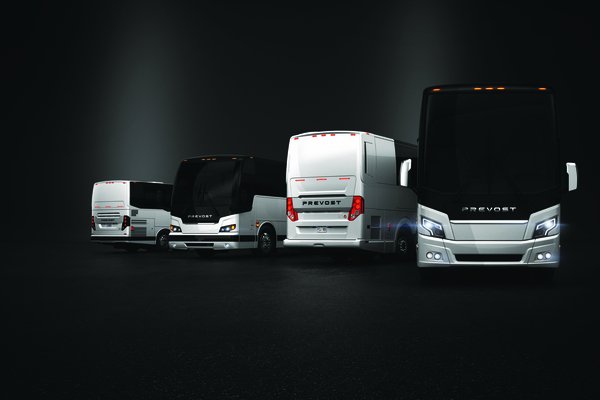meetyg
Solar Addict
- Joined
- Jun 4, 2021
- Messages
- 1,105
So much B.S. in one video:How about this aftermarket company from Austin Texas making them for Teslas because of high quantity, but also has non-tesla generic universal version that'll clip onto most cars. Mentions playing with different integrations y splitter, overland kit, dealing with overcharging, within warranty spec, aiming for customer installable and/or dealer install
1. You can't just use a "Y splitter" at the charge port. First, installation wise, it would require a qualified person to install this, it's definitely not "plug and play" like the guy suggests.
Unless he means an external splitter, which would add drag and maybe unsafe while driving.
Second, as far as I know, NO EV will allow you to drive while charging! You are welcome to try this at home: Put your EV to charge and try to drive away. If you are able, then your EV has a huge safety bug !
So this guy is really selling dreams and obviously he has no real knowledge of what he's talking about.
There is no easy way to charge the HV battery of an EV from onboard solar while driving, as an aftermarket product.
2. When they say thier system can add an X amount of miles a day, do they take into consideration the added weight and increase in total consumption of the vehicle having this system? I think not.
This is a big factor which is often overlooked.
We all know how heavy batteries and inverters can be. The guy specifically mentioned thier product will consist of a battery and inverter.



